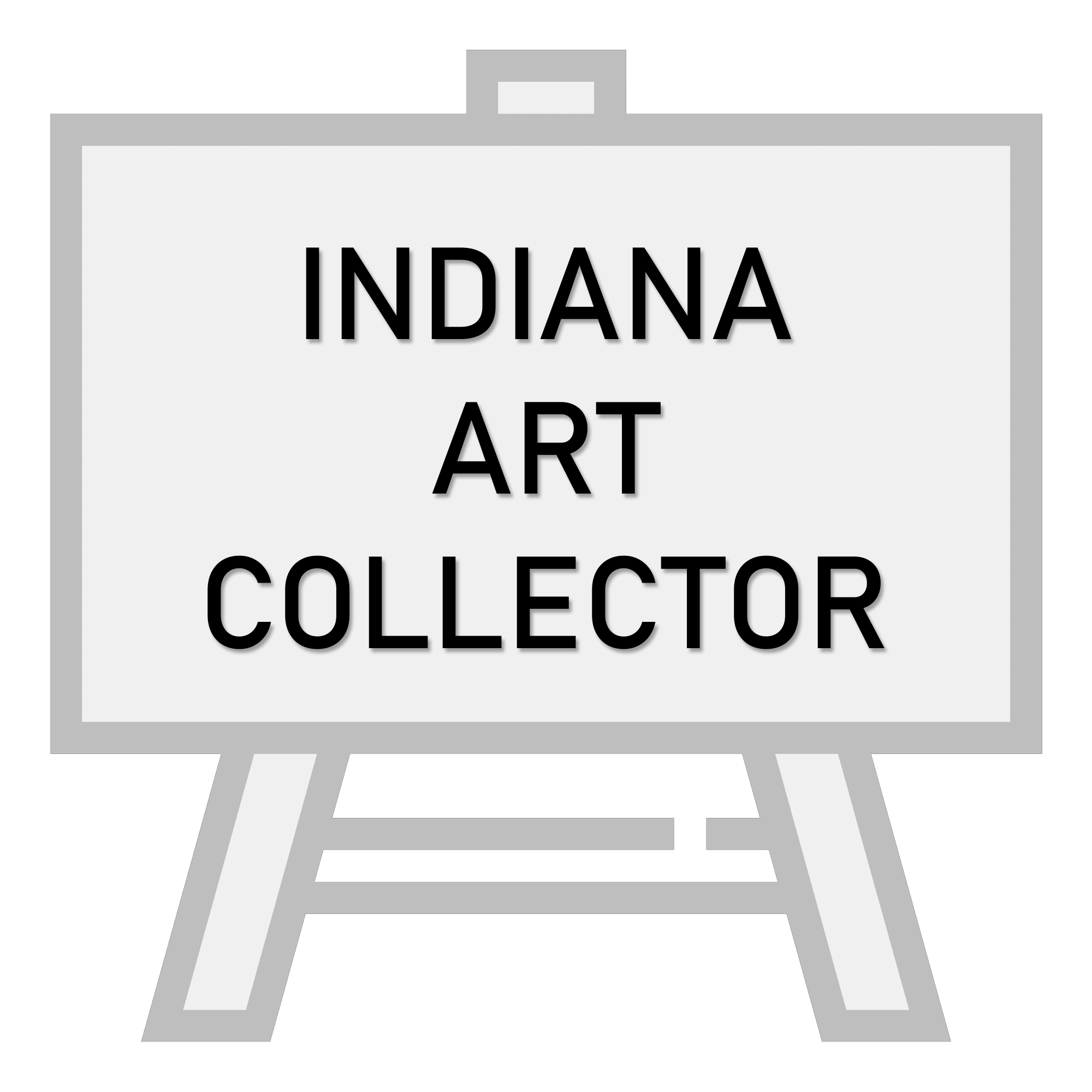John Hardrick’s grandfather moved to Indianapolis around 1880 to escape the racism around his rural Kentucky farm. By 1888 John’s father, Shepard Hardrick, had married Georgia Etta West and settled on South Prospect Street, where John was born in 1891.
John W. Hardrick showed a natural talent in art very early on, drawing by the age of 6, creating watercolors at 8, and exhibiting some of his work at the age of 13 at a Negro Business League Convention in town. One of his teachers at Harriet Beecher Stowe School was so impressed with his work that she showed it to local arts patron Herman Lieber, owner of an art supply store, who saw to it that John attended children’s art classes at the John Herron School of Art.
While attending Emmerich Manual Training High School, John Hardrick was a student of Otto Stark, and in 1910 he began attending regular classes at Herron, where he studied under William Forsyth. But financial pressures meant that John had to work nights at the Indianapolis Stove Foundry in order to put himself through Herron.
Many of these artists were either native to Indiana or lived, worked, and studied around the Midwest in the early 20th century, specifically in Indiana locales such as Indianapolis, Brown County, Muncie, Nashville, Portland, Richmond, South Bend, and southern Indiana.
Several artists studied or were integral figures at Indiana institutes such as the Fort Wayne Art School, Muncie Art School, Indiana School of Art, and the Richmond School. Others were associated with entities such as the Brown County Art Colony, Hoosier Group, Hoosier Salon, and the Richmond Art Museum. The artwork we are seeking includes impressionist, landscape, oil, still life, and watercolor paintings from these Indiana artists.
Brown County Art Colony
The Brown County Art Colony was formed in the early 1900s by artists who were attracted by the undisturbed picturesque landscape known as Peaceful Valley. T.C. Steele was the first to become a resident of the county when he purchased 200 acres near Belmont. Adolph Shulz is considered to be the founder of the Brown County Art Colony. He began visiting Brown County in 1908 and in 1917 became a permanent resident. Both Adolph Shulz and T.C. Steele influenced other artists and many began building cabins and moving to the area.
Will Vawter and Gustave Baumann were among the first to make Brown County their home. Other artists such as Charles Dahlgreen, Lucie Hartrath, and L.O. Griffith came from Chicago and by the early 1930s there were at least eighteen artists with permanent homes in Brown County.
Artists such as C. Curry Bohm, Edward K. Williams, Ada Walter Shulz, Carl Graf, V.J. Cariani, Gustav Baumann, Will Vawter, Dale Bessire, Georges LaChance, Marie Goth, Leota Loop, Adam Emory Albright, Olive Rush, and Alexis Fournier flourished and created the Brown County Art Colony nearly 100 years ago.
Sources:
- Letsinger-Miller, Lyn. The Artists of Brown County. Bloomington and Indianapolis: Indiana University Press, 1994.
- Nesbit, M. Joanne, ed., Barbara Judd, comp. Those Brown County Artists: The Ones Who Came the Ones Who Stayed the Ones Who Moved On. Nashville: Nana’s Book, 1993.
Sell Us Your Indiana Art
If you are interested in selling us your Indiana art, please contact us online, give us a call or SMS at 812-327-0401.
